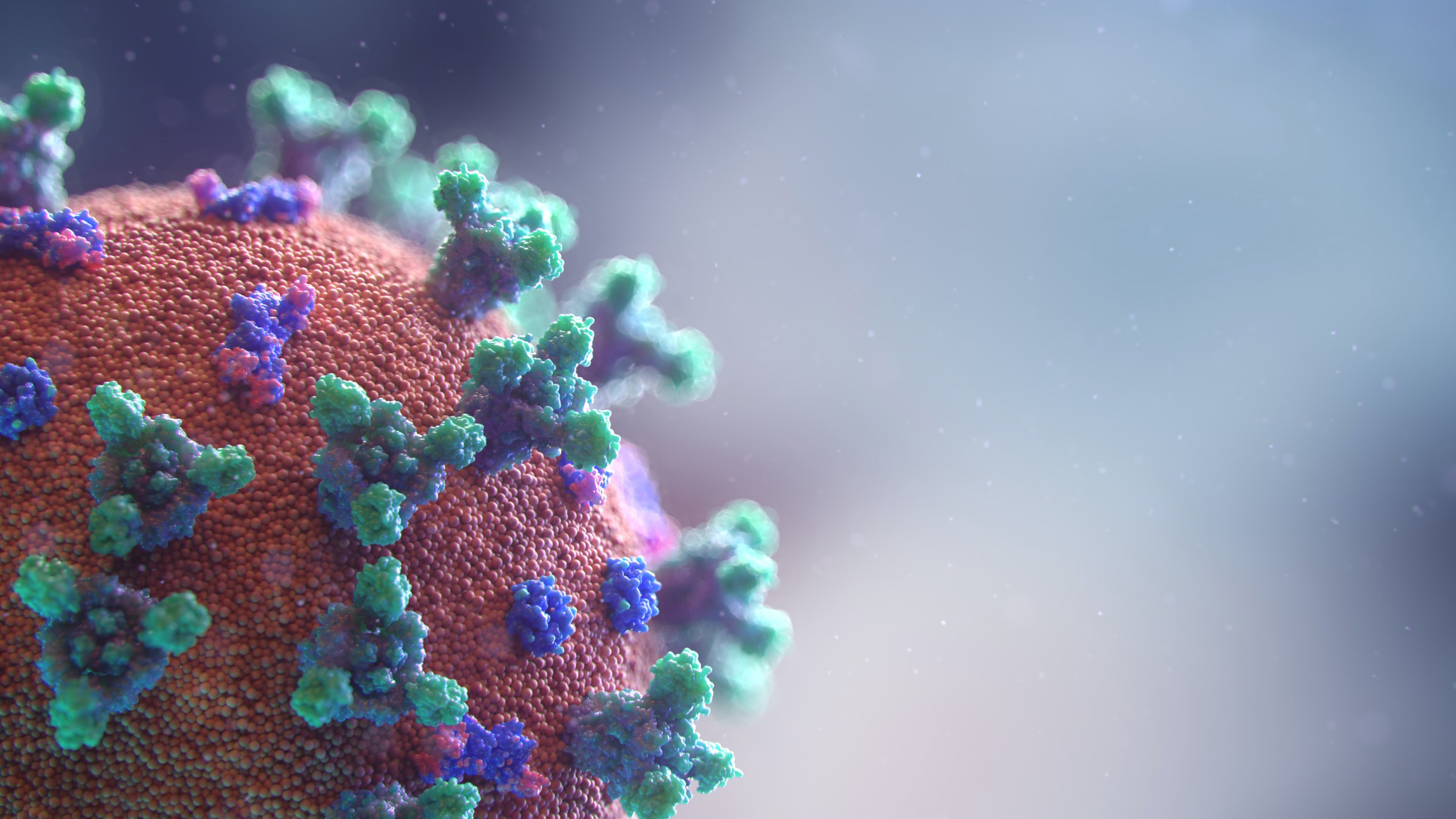
In view of the increasing number of infections worldwide and news about lacking protective gear and equipment, many people are becoming creative to help during the corona crisis. This also goes for the textile industry: many textile research institutes and textile companies are working on new technological approaches to effectively fight the spread of viruses and bacteria.
Swiss start-up HeiQ has developed an antiviral and antibacterial treatment for textiles. The testing of face masks shows that the new technology effectively reduces the number of coronavirus particles, thus almost eliminating the risk of infection in comparison with regular face masks. According to HeiQ, the virus blocker can not only be used for protective masks, but also for other textile products like air filters, medical gowns or curtains. In the UK, bio tech company Virustatic has developed the “Virustatic Shield”. The snood covers mouth, nose and ears and works with a unique technology that traps and kills airborne germs. They are produced by workwear manufacturer Wearwell in cooperation with supplier Pincroft and are said to offer 96% protection against pathogens. German textile company Brändl is also currently working together with technical non-woven producer Norafin on a new non-woven fabric for protective face masks, which is believed to protect those wearing them against viruses like Covid-19, bacteria and multidrug resistant germs.
Various German research institutes are also developing antibacterial or antiviral textiles. The Institut für Textilmaschinen und Textile Hochleistungswerkstofftechnik (ITM), for instance, has developed an environmentally friendly spinning technology which produces yarns made from Chitosan. Chitosan is a shrimp shell component, which is haemostatic, has antibacterial properties and an antibacterial and fungicidal effect. The yarns can be used to produce bio-active and hypoallergenic textile products. The Hohenstein Institut für Textilinnovation shows that it is not always necessary to develop completely new yarn types: the institute coated textiles with metal oxides to lower their ph-value. The acidification process slows down the growth of various bacteria. The functionalised textiles, for instance filters or home textiles, can play a part in reducing the background level of germs in the environment.
Quickly and accurately determining pathogens is also crucial to ensure that surfaces are cleaned more effectively. These days, swabs are used to take samples and later establish the existence of germs in the laboratory. Whether sampling is successful or not depends on the swab material, the type of bacteria and the handling of the sample. A new generation of swabs made from super microfibres carefully absorb germs using capillary force. The new kind of swab developed by Hochschule Niederrhein is so efficient that it works independently from the above-mentioned factors.
Nothing, however, works if people do not follow the most important rule, which is to wash your hands and disinfect them thoroughly. Normally, test persons are needed to test highly effective disinfectants against viruses and bacteria. First of all, these test persons have to be found, who then go to test centres, which is an elaborate process costing a lot of time and money and proves to be problematic in times of curfews and travelling restrictions. The Hohenstein Institut has a possible solution. The research institute has developed a technical model similar to human skin. Standardised mechanics also simulate the process of rubbing disinfectant onto the skin. The new model also allows experts to study how viruses are transferred from different surfaces to the skin. The findings can help improve disinfecting processes in order to break the chain of infection like the one caused by Corona in the future.
#Coronavirus #Covid-19 #Innovation #Technical textiles #Med-tech #Virus protection
Find more information here:
- Textil + Mode (2020): Kampf gegen Corona: „Textil kann viel!“
- https://heiq.com
- https://www.virustaticshield.com
- https://www.braendl.de/index.cfm